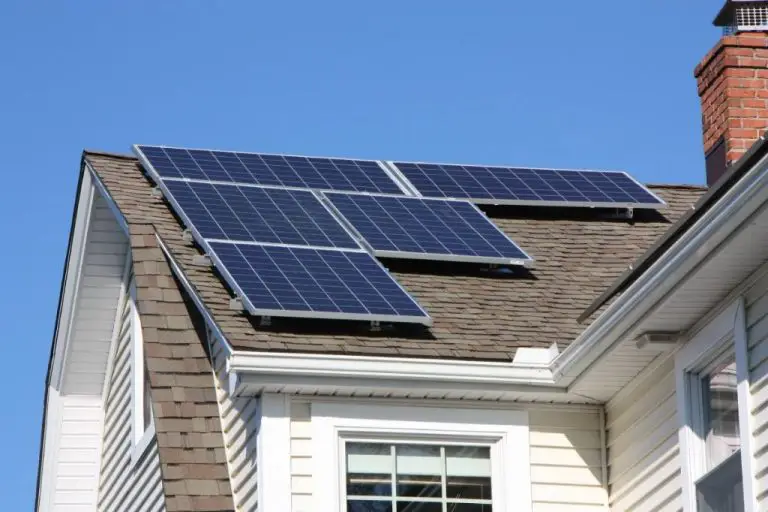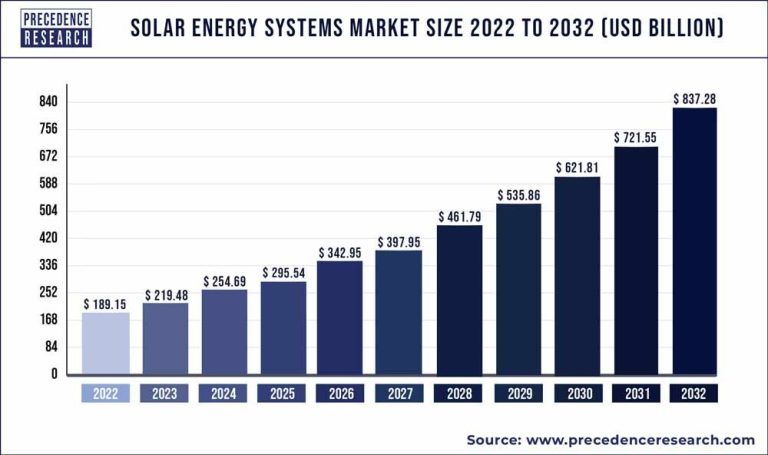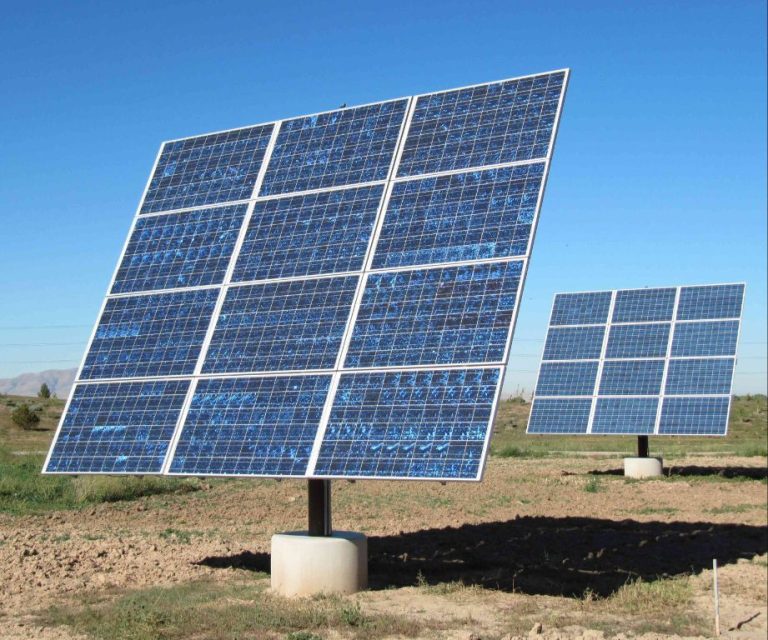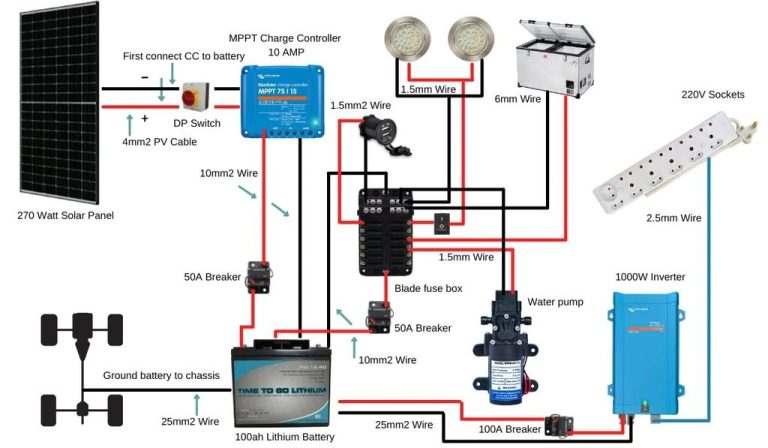Are Solar Renewable Or Nonrenewable?
Defining Renewable vs Nonrenewable Energy Sources
Renewable energy sources are those that can be replenished naturally over time. The five major renewable sources used for electricity generation are:
- Solar
- Wind
- Water (hydro power)
- Geothermal (heat from the earth)
- Biomass (plants and organic waste)
These renewable sources are continuously replenished and will not run out. Sunlight, wind, water flow, heat from the earth’s core, and plants can be harnessed indefinitely when managed properly.
In contrast, nonrenewable energy sources exist in finite quantities and will eventually dwindle, becoming too expensive or environmentally damaging to retrieve. The two major nonrenewables used for electricity generation are:
- Fossil fuels (coal, oil, natural gas)
- Nuclear (uranium)
Fossil fuels form over millions of years and there are limited reserves. Nuclear fuel (uranium) must be mined and refined, and usable uranium is not abundant. Reliance on nonrenewables leads to depletion and environmental strains over time.
Solar Energy Overview
Solar energy is the radiant light and heat from the sun that is harnessed using a range of technologies, including photovoltaics and solar heating. Photovoltaic (PV) panels convert sunlight directly into electricity using semiconductors that exhibit the photovoltaic effect.
PV panels are made up of many individual solar cells, which are typically made of crystalline silicon. The cells convert sunlight into direct current electricity via the photovoltaic effect. A panel contains an array of cells that can range from a dozen to several hundred cells, depending on the size of the panel. Panels are connected together to create a PV system and generate more electricity.
Solar thermal technologies use the sun’s heat and energy to produce thermal energy, including electricity. Examples include concentrated solar power (CSP), solar hot water, and passive solar heating and cooling systems. CSP systems utilize mirrors or lenses to concentrate the sun’s rays onto a small area, heating up a fluid that then spins a turbine to generate electricity. Solar hot water systems use roof panels to heat up water for use in the home or business. Passive solar building design integrates building materials or features like large south facing windows that harness and control the sun’s energy to heat and cool spaces.
Advantages of Solar Energy
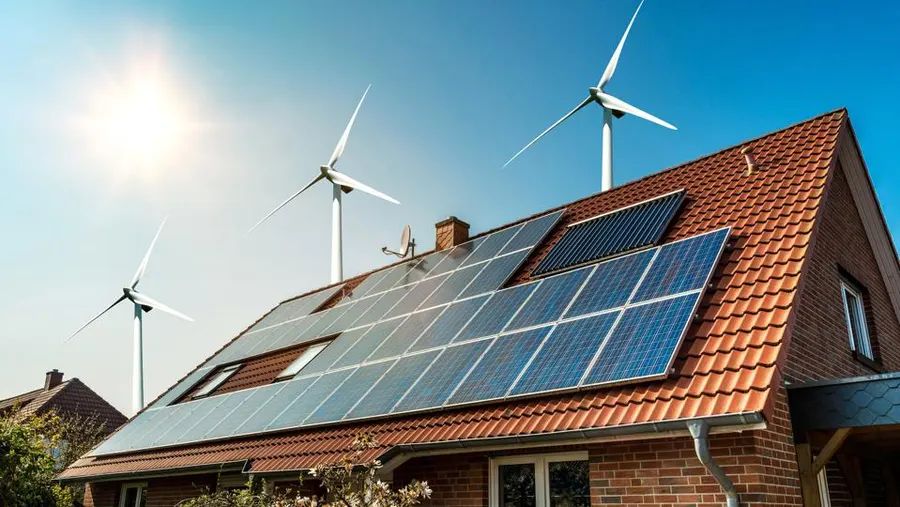
One of the biggest advantages of solar energy is that it is a clean and renewable source of power. Unlike fossil fuels which emit greenhouse gases when burned, solar energy production creates zero direct emissions. As a result, increased use of solar energy can help mitigate climate change and reduce air pollution.
Generating electricity from solar panels also reduces reliance on finite fossil fuel resources like coal, oil and natural gas. Widespread solar adoption decreases the need to extract and burn these carbon-intensive fuels to meet energy demand. Solar energy is renewable, meaning it can be harnessed over and over and will not run out like nonrenewables.
While the upfront costs of installing solar panels can be high, solar energy offers significant long-term cost savings. Once the initial investment has been made, the cost of generating solar electricity is extremely low. Solar energy is also very price stable compared to volatile fossil fuel prices. With solar there are no fuel costs, helping to insulate consumers from fluctuations in the energy market.
Disadvantages of Solar Energy
While solar energy has many benefits, there are some downsides to consider as well:
High Upfront Costs – The main disadvantage of solar is the initial cost of purchasing and installing solar panels and related equipment, like inverters and batteries. For a typical residential solar system, expect to pay $10,000-$30,000 upfront depending on system size, location, and other factors. This high initial investment pays off over time from energy savings, but it is a barrier for many households.
Intermittent Power – Solar energy production depends on the amount of sunlight, which varies by location, time of day, season, and weather conditions. Solar panels don’t generate any electricity at night, so energy storage or a supplemental power source is required to provide 24/7 supply.
Large Land Area – To generate utility-scale solar power requires a lot of space for all the ground-mounted panels. This can be a challenge in densely populated areas, though rooftop solar on homes and buildings helps alleviate this.
Solar Energy is Renewable
Solar energy is considered a renewable energy source because it draws on the unlimited supply of the sun’s rays. Unlike fossil fuels which take millions of years to form and are finite in supply, the sun provides a constant influx of solar energy that is for all intents and purposes, limitless. The amount of solar energy that hits the Earth’s surface each hour is greater than the total amount of energy that the entire world uses in a year. Because of this abundant supply, solar energy qualifies as a renewable resource.
Additionally, solar energy is renewable because it can be replenished in a short period of time. While fossil fuels take eons to develop in nature, the sun’s energy is continuously restored on a daily basis. As soon as the sun rises each morning, the supply of solar energy is renewed. This daily renewal capacity enables solar power to qualify as an inexhaustible energy source.
Lastly, solar energy does not deplete finite natural resources. Unlike coal, oil, natural gas and nuclear energy, solar energy does not involve the extraction and combustion of scarce elements. By relying on the sun’s rays rather than finite resources, solar energy meets the criteria as a renewable source that will not be exhausted even with long-term widespread use.
Lifecycle Emissions of Solar
One of the biggest advantages of solar power is its very low lifecycle greenhouse gas emissions compared to fossil fuels like coal and natural gas. Lifecycle emissions refer to the emissions produced across the entirety of a power source’s lifespan including raw material extraction, manufacturing, transportation, installation, operation, and finally disposal/recycling.
Multiple studies have confirmed that solar energy has dramatically lower lifecycle emissions than conventional energy sources. One meta-analysis of hundreds of published studies found that solar panel electricity has a median lifecycle emission of 15 g CO2/kWh compared to 1,001 g CO2/kWh for coal power. That’s nearly 70 times lower! This massive difference is because solar panels generate emissions only from their original manufacturing and construction, not from their ongoing operation like fossil fuel power plants.
Solar’s minimal emissions profile makes it a critical tool in fighting climate change. Even when factoring in solar manufacturing, it still produces over 10 times fewer emissions than natural gas and nearly 100 times fewer than coal over the total lifecycle. As solar continues to scale globally, its environmental benefits will be even more pronounced in reducing greenhouse gas emissions compared to fossil fuel energy.
Recycling Solar Components
A common misconception about solar energy is that at the end of a solar panel’s lifetime, it just ends up in a landfill. However, solar energy systems are increasingly being designed for recycling and reuse when they are decommissioned. Most solar panels are made up of glass, aluminum, copper and silicon, all of which can be recycled and remanufactured into new solar panels or other products.
The silicon and semiconductor materials in solar cells can be recycled and used to make new panels. The aluminum and glass fragments can be reused in various construction materials or other electronics. Solar companies are increasingly taking back old solar panels for refurbishment or recycling as part of their business model.
Recycling and reusing solar panel components significantly reduces waste. Some estimates show that if fully recycled, PV modules can recover up to 90% of the constituent materials they contain. Proper end-of-life recycling and management of solar panels reduces environmental harm and recovers valuable resources.
Growth of Solar Energy
Solar energy capacity has been growing at an exponential rate globally over the past decade. Total worldwide solar PV capacity has increased from 40 gigawatts in 2010 to over 627 gigawatts by the end of 2019. Some projections estimate that solar capacity could grow to over 8,500 gigawatts by 2050, providing up to 20% of total global electricity generation.
This massive growth has been driven largely by the rapidly decreasing costs of solar panels and installation. According to Lazard’s annual Levelized Cost of Energy report, the cost to install utility-scale solar has dropped 88% over the last decade. The average price per watt for solar panels themselves has fallen over 90% since 1977. As solar becomes cost competitive with fossil fuel energy sources, adoption has accelerated.
With solar already among the cheapest sources of new electricity generation in many parts of the world, capacity is expected to continue its rapid growth for the foreseeable future.
Role of Solar in Future Energy Mix
Solar energy will play a pivotal role as countries transition to renewable energy sources. Solar power complements other renewable energy sources like wind and hydropower due to differences in generation profiles. For example, solar generates the most electricity during the daytime when demand is high, while wind power peaks at night when solar generation is low. Together, they can provide a more consistent renewable power supply.
Solar energy capacity is expected to expand significantly in the coming decades. According to projections by the International Energy Agency (IEA), solar will supply up to 20% of global electricity by 2040, compared to just 2% today. As solar panel costs continue to decrease and energy storage options improve, solar energy will become increasingly cost-competitive with fossil fuels. The modular and scalable nature of solar power also makes it an ideal technology to help meet rising energy demands.
With solar energy’s falling prices and ability to integrate with other renewables, it is poised to be a foundational pillar of the global clean energy transition this century. Harnessing the power of the sun will be critical for nations to achieve their climate goals and build sustainable energy systems.
Conclusion
In summary, solar energy is a renewable energy source. Unlike fossil fuels which are finite and nonrenewable, solar energy is constantly renewed from the sun’s rays. Solar technology allows us to harness this infinite energy source. While solar power does have some disadvantages and limitations currently, it provides clean energy with near-zero emissions once installed. Over time, solar technology is becoming more efficient and affordable. Solar energy has huge potential to continue growing as a sustainable, renewable power source for the long-term future. Although solar has intermittency issues, smart grids and storage solutions can help overcome this. With solar energy, we can have clean, renewable power for generations to come. The sun provides an enormous energy resource that will never run out. By expanding solar capacity, we can reduce dependence on nonrenewable fossil fuels and build a more renewable and sustainable energy system. The verdict is clear – solar energy is a renewable source vital for the world’s clean energy transition and future.

